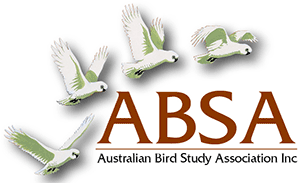Moult timing and morphometrics of Mangrove Gerygones: a comparison of monsoon-tropical and subtropical populations
| Posted: |
12/08/2019 |
| Author(s): |
Brenda Smith, Jonathan T. Coleman, Richard A. Noske, Yeni A. Mulyani |
Mangrove Gerygones
Gerygone levigaster were banded at six sites in the Greater Brisbane region, Queensland over 5.5 years, and at three sites in Darwin, Northern Territory, over 8-9 years. The species was highly sedentary in both regions, and no movements were recorded among sites at either location. In Darwin, males were larger than females in three out of five morphometrics, whilst in Brisbane they were larger in the remaining two, suggesting that different selection pressures may be operating on morphometrics in the two areas. Juvenile birds were present year-round in Brisbane, the highest numbers occurring from April to July and November to January, indicating that the breeding season, like that in Darwin, is biannual, but with a lag of 1-2 months. Months in which breeding activity occurred, indicated by the presence of cloacal protuberances or brood patches, and the occurrence of fledglings, also suggested that there were two egg-laying peaks. In Darwin, primary wing moult occurred mostly from October to December, after the second annual egg-laying pulse, whilst very few individuals (possibly in their first year) moulted after the first egglaying pulse (March-April). In Brisbane, however, primary moult occurred from November to April, peaking in February and March, about four months after the peak in Darwin. Sites that were inundated only on king tides had a higher proportion of juveniles than those in riparian or intertidal areas, suggesting that the former may offer better breeding or foraging habitat for non-breeding birds. Body mass adjusted for structural size varied significantly among months in Brisbane, being highest in March and April, and lowest during May.
>> Download Abstract |
File Size: 11 KB
>> Download Complete PDF | File Size: 232 KB
